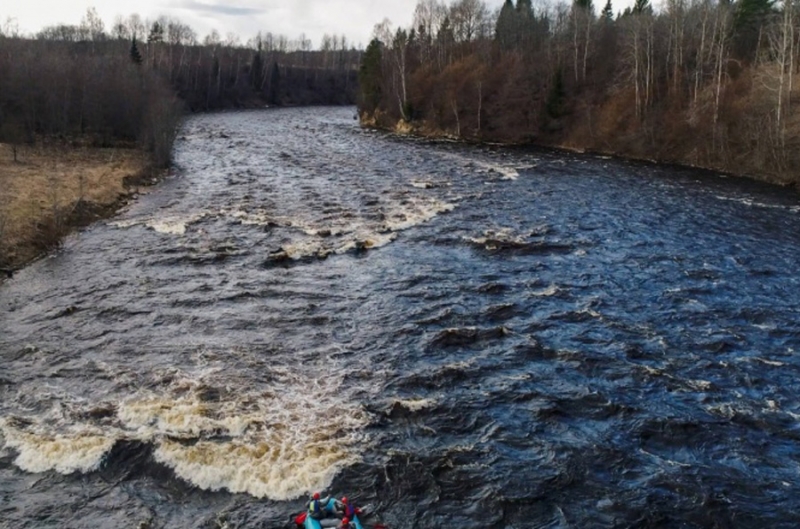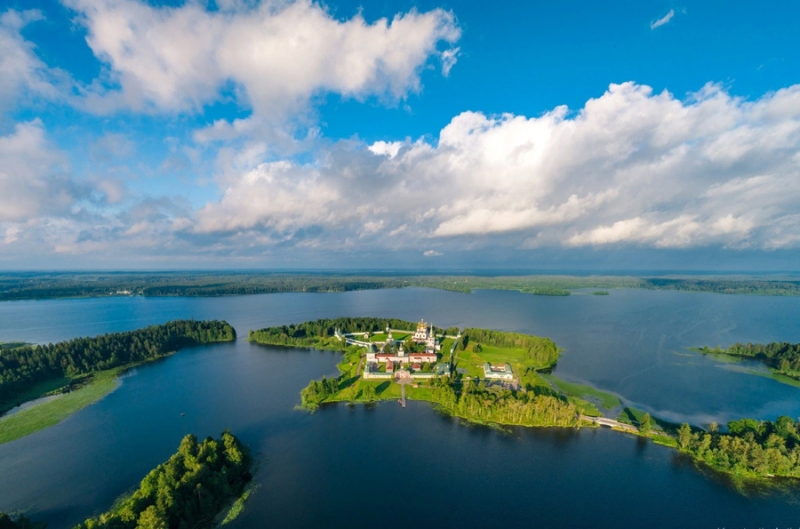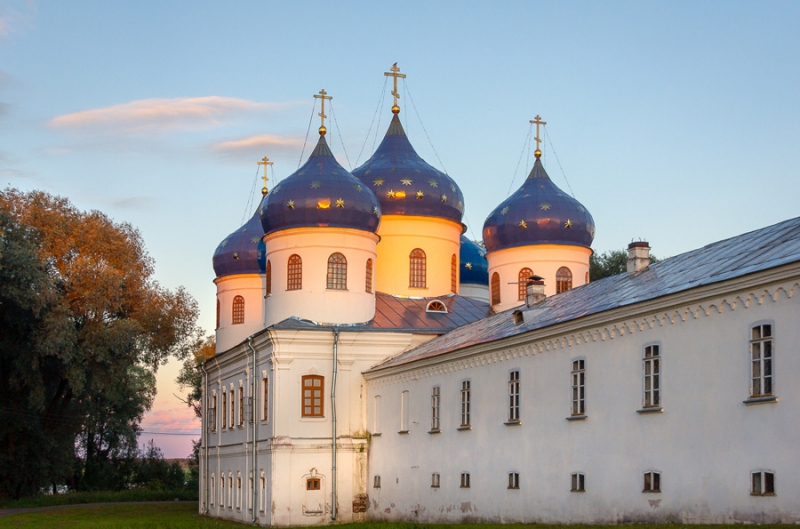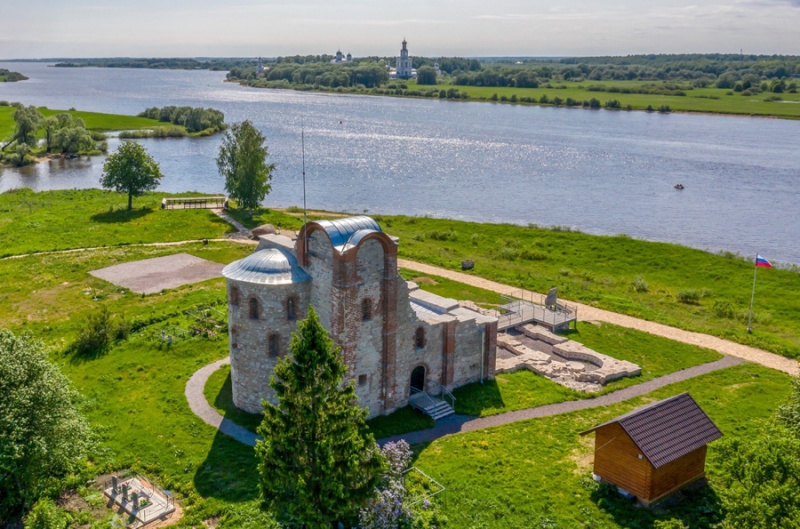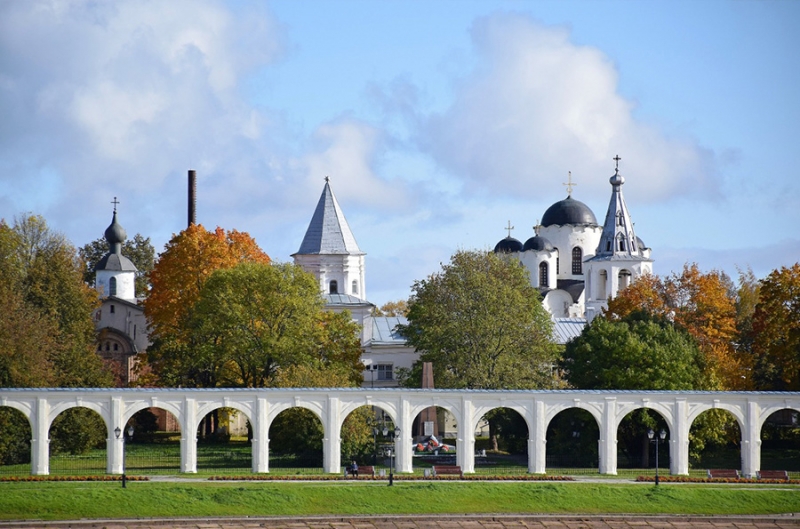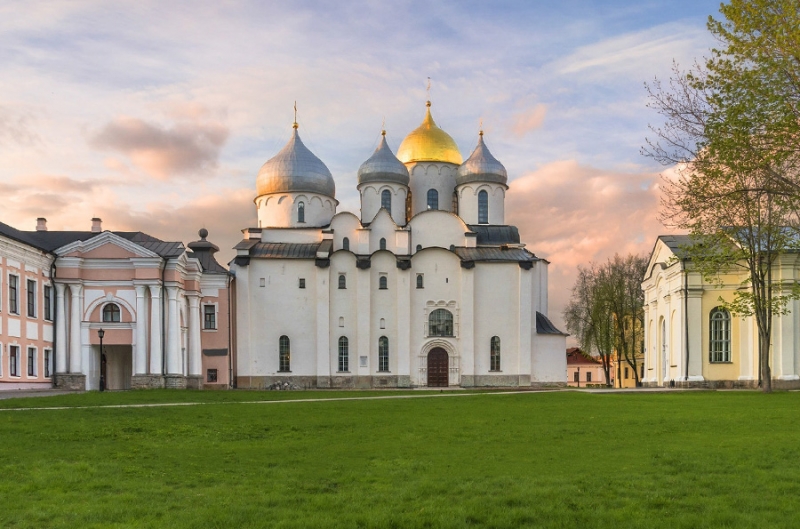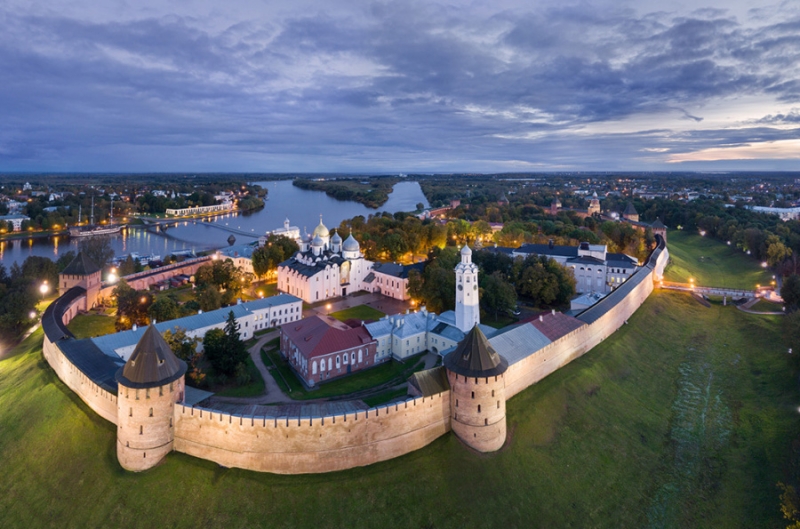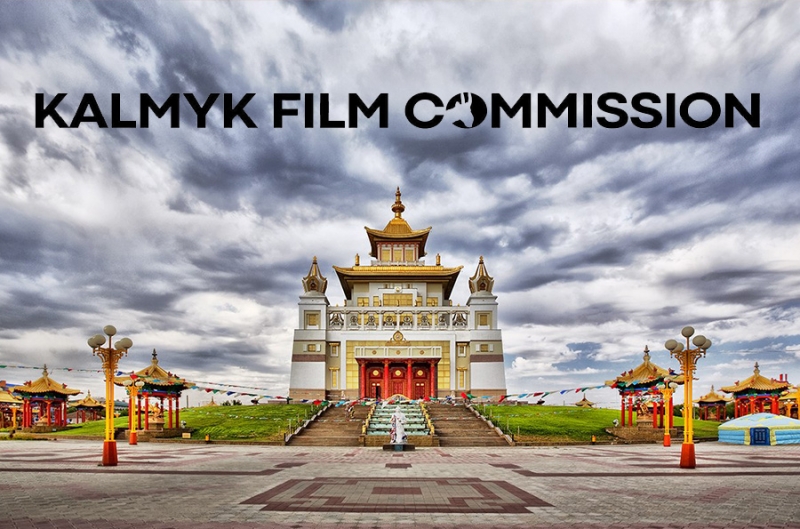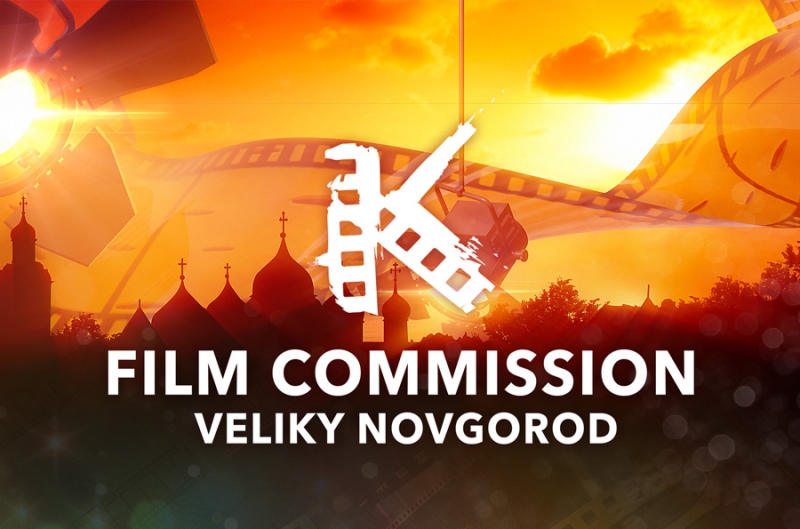Directory Details
"Mountain Msta" is called the empty section between the village of Opechensky Posad and the village of Shibotovo in the Borovichi district. The total fall of Msta in this segment is 70 meters, more than half of the total fall of the river. The width of Msta in the empty area is about 100 meters, and the flow rate in the flood reaches 20 km/h.
The 30 km long site belongs to the Mountain Msta conservation zone. Mstinsky rapids are one of the most popular places of water tourism in the middle of Russia. Rafts and kayaks are carried out from the village of Opechensky Posad. The stormiest water on Mst in the spring, in April-May.
In total, there are about 50 rapids and plums on Mst, 30 of which are located on the Opechensky Posad - Borovichi section. All of them are formed at the outcrops of dense limestones. The most famous thresholds: Small Threshold, Big Threshold, Shiver at Poneretka, Staircase, Egla, Uglinsky.
http://filmrussia.ru/index.php/seaside/itemlist/user/42-superuser?start=12#sigProId61ad9349e2
Valday – a wonderful land of rivers, lakes and forests. Its bells have been the most prominent landmark of the town ever since the ancient times. For many centuries, they served as a clock for the citizens, telling them the time for communal prayer, labor or rest, grief or happiness. Many recreation facilities are located on the territory of “Valdaisky” national nature park, which has 70 lakes, 20 rivers, rare specimens of flora and fauna, and around 500 landmarks of archeology, history and architecture.
National park in the north of Russia, located in Valdaysky, Okulovsky, and Demyansky Districts of Novgorod Oblast. It was established May 17, 1990. Since 2004, the National Park has the status of a UNESCO Biosphere Reserve. Valdaysky National Park, which includes the town of Valday, Lake Valdayskoye, and the northern part of Lake Seliger, is one of the most popular tourist destinations in Central Russia and has well-developed tourist infrastructure.
http://filmrussia.ru/index.php/seaside/itemlist/user/42-superuser?start=12#sigProIda3b2770196
The existing monastery of the XII century, located at the source of Volkhov, near Lake Ilmen, is part of a grandiose natural panorama, which is revived by small stone temples in the southern environs of the city. This is the southern outpost of Veliky Novgorod, founded by the great Kiev prince Yaroslav, who received the name George at baptism (in honor of George the Victorious).
St. Yuryev Monastery is considered the first Orthodox monastery of Novgorod land. The name of the monastery was first mentioned in the annals in connection with the construction of St. George's Cathedral in 1119. The main church of the Yuryev Monastery is surprisingly harmonious, as if carved from a piece of white stone. In it you can see fragments of fresco painting of the XII century. In the archimandrite building of the Yuryev monastery is the Novgorod diocesan theological school.
The complex of structures of the Yuryev Monastery today seems grandiose, although it has not yet been completely restored. It includes a 52-meter bell tower, and five buildings: Vostochny, with a gloomy prison cell; Southern - with the church of Neopalima coupins; Archimandrite - with the Spassky Cathedral, under whose spud Vladyka Photius and A.A. Orlova-Chesmenskaya were buried; a bell tower rises above the North; and from the east adjoins the church and Holy Cross Exaltation Cathedral (1823). His blue five-headed with bright golden stars attracts attention from afar. The cathedral is landing, heavy, but convenient for the service.
http://filmrussia.ru/index.php/seaside/itemlist/user/42-superuser?start=12#sigProId2917217784
At the source of the Volkhov River, guarding the trade route "From the Varangians to the Greeks", a fortified settlement of the Viking Age is located.
Here was Prince Rurik’s residence, who started the first Russian ruling dynasty. In 862, he was summoned to reign by Novgorodians.
Archeological excavations done near the fortress, its dwellings, and utility structures provide prove that Rurikovo Gorodische dates back to the 9th - 10th cc. It is known as the "Old City", which was established in the age of Christianization, and preceded Novgorod (the late 10th - early 11th cc.). There are ruins of the Cathedral of the Annunciation in the center of Rurikovo Gorodische that was built by the Prince Mstislav the Great in 1103 and then reconstructed in the 14th c. Due to Novgorod major political and economic importance, the fort hosted rulers from the Novgorod area - due to the city's major political and economic importance - until the age of Ivan the Terrible (the Fourth). The Cathedral of the Annunciation and the St. George Monastery provided a scenic getaway for past rulers. Now it gives guests a beautiful view of the past.
http://filmrussia.ru/index.php/seaside/itemlist/user/42-superuser?start=12#sigProIdba8cbba72d
Lake Ilmen is a large lake in the Novgorod Oblast of Russia. A historically important lake, it formed a vital part of the medieval trade route from the Varangians to the Greeks. The city of Novgorod - which is a major trade-center of the route - lies six kilometers below the lake's outflow.
The average surface area is 982 square kilometres (it may vary between 733 square kilometres and 2,090 square kilometres depending on water level). The lake is fed by 52 inflowing rivers, the four main ones being the Msta, the Pola, the Lovat, and the Shelon. It is drained through a single outlet, the Volkhov, into Lake Ladoga, and subsequently via the Neva into the Gulf of Finland. The source of the Volkhov is marked by the Peryn Chapel built in the 1220s.
The basin of Lake Ilmen contains vast areas in Novgorod, Pskov, and Tver Oblasts of Russia, as well as minor areas in the north of Vitebsk Region in Belarus. Lake Ilmen is navigable. Shipping lines are Veliky Novgorod – Staraya Russa and Veliky Novgorod – Shimsk. There is a fishery in the lake.
Ilmen glint - a natural formation, a geological monument located on the territory of the Shimsky and Starorussky districts of the Novgorod region in the western part of the southern shore of Lake Ilmen, between the deltas of the Lovat and Shelon rivers.
On this section, the shore of the lake is a high exposed cliff-ledge facing north, northeast. The length of the glint is 8 km, the highest height is up to 15 meters - on the site between the village of Korostyn and the village of Pustosh. Spreading further east, the ledge drops and, as a result, nullifies. In the bureg layers, you can also find many remains of the rich fauna of ancient invertebrates - brachiopods, double-leaves, gastropod mollusks.
http://filmrussia.ru/index.php/seaside/itemlist/user/42-superuser?start=12#sigProId30c5010d72
Built in 1374 this church presents a fascinating variety of decorative fragments and captivating harmony of its proportions. It is a typical example of the architectural style of the Novgorodian Republic (12th – 15th centuries). The church is world famous for its wall-painting by Theophanes the Greek.
It is the only church in the world that has managed to preserve the frescoes by this Byzantine master who painted about 40 churches. These frescoes are unique in their style of painting and the portrayal of figures. A spirited manner of mural painting makes the interior of the church look magnificent.
The marketplace started at the Great Bridge, which connected it with the Kremlin. A long line of the piers with the docked ships stretched along the banks. Shops at the Marketplace lined into long rows. On the whole in the XVI century, there were 42 shop-rows, and each of them focusing on a particular kind of goods: bread, fish, leather, silver, icons and many others. Houses of the Hanseatic merchants who came to trade with the whole Novgorod Rus were located nearby. In the place where the Rossiya hotel is now situated there used to be the Goth merchants’ house, the German merchants’ house stood opposite the Church of Assumption on the Marketplace.
As the Hanseatic League was founded, the houses were united into the single Hanseatic Association. For several centuries, Novgorod, the leading trading partner of the Hanseatic League, competed with the largest trading points of Europe and Asia. Foreign merchants made really good deals here, buying wax, honey, fur, skin, walrus tusk.
The close-packed territory of the Yaroslav's Court boasts religious and civil architecture monuments of XII-XVIII centuries. Where else can one see the large Prince’s temple of the XII century, and small merchants’ churches that were used not only as a place for prayer, but also as warehouses for storing goods side by side... There stands the Gate tower of Gostiny Dvor, as well as the arcade – civil architecture construction left from the stone Gostiny Dvor, built here in the days of Peter the Great.
http://filmrussia.ru/index.php/seaside/itemlist/user/42-superuser?start=12#sigProId04a783ab5d
Where St. Sophia is, there is Novgorod.
That's what they have been saying in Russia for 1000 years, since the Cathedral of St. Sophia the Holy Wisdom of God was constructed in the 11th century. The cathedral was founded by Yaroslav the Wise and his son Vladimir. The cathedral was meant to be the main temple in the town. Even after many centuries, divine services are still held in the Cathedral of St. Sophia, and everyone can see the ancient Orthodox sanctuary. The cathedral is opened every day from 8 a.m. till 8 p.m. Divine services are held at 10 a.m. and 6 p.m. At the same time, the cathedral is the town necropolis. The most famous citizens of the town, bishops, princes, posadniks, were buried in its south gallery.
http://filmrussia.ru/index.php/seaside/itemlist/user/42-superuser?start=12#sigProId66a456c0f7
The Novgorod Kremlin, or Detinets, as it was called in Novgorod in old times, is the most ancient out of the preserved Kremlins in Russia (it was first mentioned in the chronicle of 1044). It was founded by Prince Yaroslav.
The Kremlin was the administrative, a social and a religious centre of Novgorod. Veche and the elections of a posadnik were held here. From this place, squads of Alexander Nevsky marched out to the battle with the Swedes. Novgorod walls protected the main Cathedral of St.Sophia and the residence of the Archbishop of Novgorod. It was the Kremlin where the chronicles were kept, and books were collected and copied.
Today the Kremlin is the cultural and tourist centre. The main expositions of the Novgorod State United Museum are displayed here. There are the restoration workshops, the library, the philharmonic, college of arts, art and music schools. The ensemble of the Kremlin buildings is original and picturesque. Due to these things your walk across the Kremlin will be pleasant and exciting.
http://filmrussia.ru/index.php/seaside/itemlist/user/42-superuser?start=12#sigProId9ac5260193
“Kalmyk film commission” was opened in 2020. Kalmyk film commission is situated in The Republic of Kalmykia. The founder of commission is Vladimir Pashkaev. the commission was established with the support of the Ministry of Culture and Tourism of the Republic of Kalmykia
Vladimir Pashkaev: +79276472121
e-mail: This email address is being protected from spambots. You need JavaScript enabled to view it.
office: Russia, Republic of Kalmykia, Elista, Dzhangara Street, 9
Veliky Novgorod is the birthplace of Russian statehood. The oldest city of Russia was a large medieval center of trade and crafts. The first Russian books were written here and the first birch bark letters were found. The history of the city is inextricably connected with all the most important stages of the life of the Russian state - the foundations of democracy and republics, the formation of Orthodoxy in Russia, Slavic writing and culture.
Veliky Novgorod has 37 UNESCO World Heritage Sites.
Veliky Novgorod and the Novgorod region have always been attractive to filmmakers not only with historical architecture, but also with their unique natural landscape.
Since 2017, the Novgorod region has been part of the project of the Association of Film and Television Producers "Cinema of Russia" and complements the number of pilot regions of Russia in the rebate system. In the same year, the Film Commission of the Novgorod Region was created in the region.
In 2018, according to the Association of Film and Television Producers, the Novgorod region was included in the top ten most attractive regions of Russia for film production.
In May 2020, the Novgorod region was awarded a special prize - the Prize of the Association of Film and Television Producers "For creating the most favorable conditions for filming."
In total, from 2017 to the present, 19 feature films/docudramas and 11 documentaries have been shot in the Novgorod region.
The film commission of the Novgorod region is the organizer, co-organizer of forums, platforms for discussions, premiere screenings of films shot in the region and other events in the film industry.
Over the past year and a half, we have received participants from the International Association of Film Commissions (AFCI), held a forum "Russia in the Frame" together with APKiT and recently held and organized an online discussion with the participation of eight regions of Russia.
The film commission of the Novgorod region is a "single window" on the development of the film industry in the region and conducts its activities in the following areas:
1. Creating the most comfortable conditions for filming in the Novgorod region;
2. Organization of projects in the film industry;
3. Promotion and assistance in the organization of film education;
4. And in the development of the new project "LOCATION TOUR."
Contact
tel .: +7-911-625-86-24,
e-mail: This email address is being protected from spambots. You need JavaScript enabled to view it.
https://kinokomissiya-no.ru/
https://vk.com/club173995789
https://www.facebook.com/kinokomissiya
Natural Park "Vishtynetsky" (former Rominti Forest, also Red Forest) is a large forest land located in the south-eastern part of the Kaliningrad region. Together with the landscape park “Pushcha Romintska” in Poland and the Lithuanian regional park “Vistytis” it forms a closed forest with an area of almost 360 square meters. km., which is an "echo" of the Great Wildland that existed until the middle of the 17th century. Spread on the hills of the Vishtynetsk Upland, the Vishtynetskiy Nature Park is an amazing corner of the Kaliningrad Region.
http://filmrussia.ru/index.php/seaside/itemlist/user/42-superuser?start=12#sigProId27d51adabe


